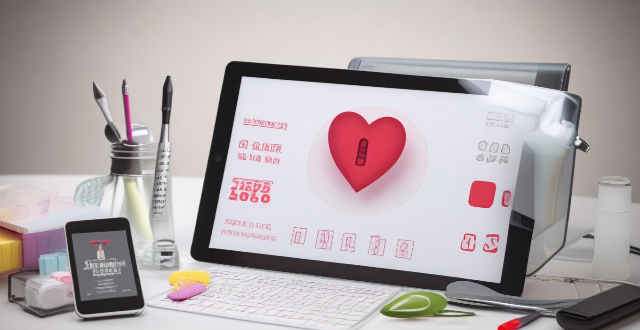Monitoring your heart rate during exercise is crucial for efficiency, safety, and progress tracking. Tools include heart rate monitors, smartphone apps, fitness trackers, and chest straps. Before starting, consult a doctor and choose the right tool. During exercise, wear your monitor, warm up, stay in your target heart rate zone, adjust intensity, and cool down. After exercise, record data, analyze results, and rest. Best practices include calibrating devices, staying hydrated, being consistent, and listening to your body.

How to Monitor Your Heart Rate During Exercise for Optimal Health Results
Importance of Monitoring Heart Rate During Exercise
- Efficiency: Knowing your heart rate helps you exercise efficiently by ensuring you are working within the right intensity level.
- Safety: It prevents overexertion, which can lead to injury or health complications.
- Progress Tracking: Monitoring allows you to track progress and adjust your workout accordingly.
Tools for Measuring Heart Rate
1. Heart Rate Monitor: A device worn on the wrist or chest that tracks your pulse.
2. Smartphone Apps: Many apps use the phone's camera or sensors to estimate heart rate.
3. Fitness Trackers: Wristbands or watches that often include heart rate monitoring features.
4. Chest Straps: Worn around the chest, these provide accurate readings and are preferred for serious athletes.
Steps to Monitor Your Heart Rate
Before You Begin
- Consult a Doctor: If you have any health concerns, consult with a healthcare professional before starting an exercise regimen.
- Choose the Right Tool: Select a heart rate monitoring tool that suits your needs and budget.
During Exercise
1. Wear Your Monitor: Put on your chosen heart rate monitor before starting your workout.
2. Warm Up: Start with a warm-up to gradually increase your heart rate.
3. Stay in the Zone: Use the monitor to ensure you stay within your target heart rate zone.
- Target Heart Rate Calculation: Subtract your age from 220 to find your maximum heart rate (MHR). Aim for 50-85% of your MHR during exercise.
4. Adjust Intensity: If your heart rate is too high, slow down; if it's too low, increase your pace.
5. Cool Down: After your workout, cool down to slowly lower your heart rate back to resting levels.
After Exercise
1. Record Data: Note down your heart rate data after each session to track progress.
2. Analyze Results: Look for trends and adjust future workouts based on what you learn about your heart rate response.
3. Rest and Recovery: Ensure you get adequate rest between sessions to let your heart rate return to its normal state.
Best Practices for Heart Rate Monitoring
- Calibrate Devices: Make sure your heart rate monitoring tools are calibrated for accuracy.
- Stay Hydrated: Dehydration can affect heart rate, so drink water throughout your workout.
- Be Consistent: Measure your heart rate at the same point in your workout to get comparable data.
- Listen to Your Body: If you feel unusual symptoms like dizziness or shortness of breath, stop exercising immediately.
By following these steps and practices, you can effectively monitor your heart rate during exercise and achieve optimal health results. Remember, consistency and adjustment based on feedback are key to improving your fitness level and overall well-being.